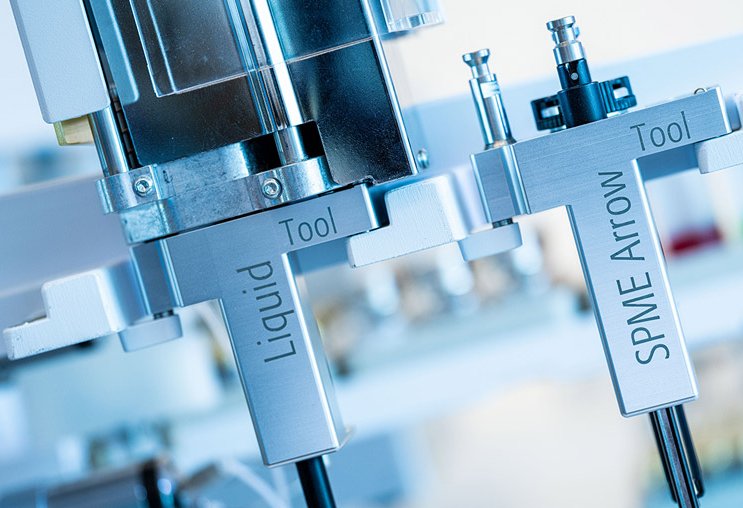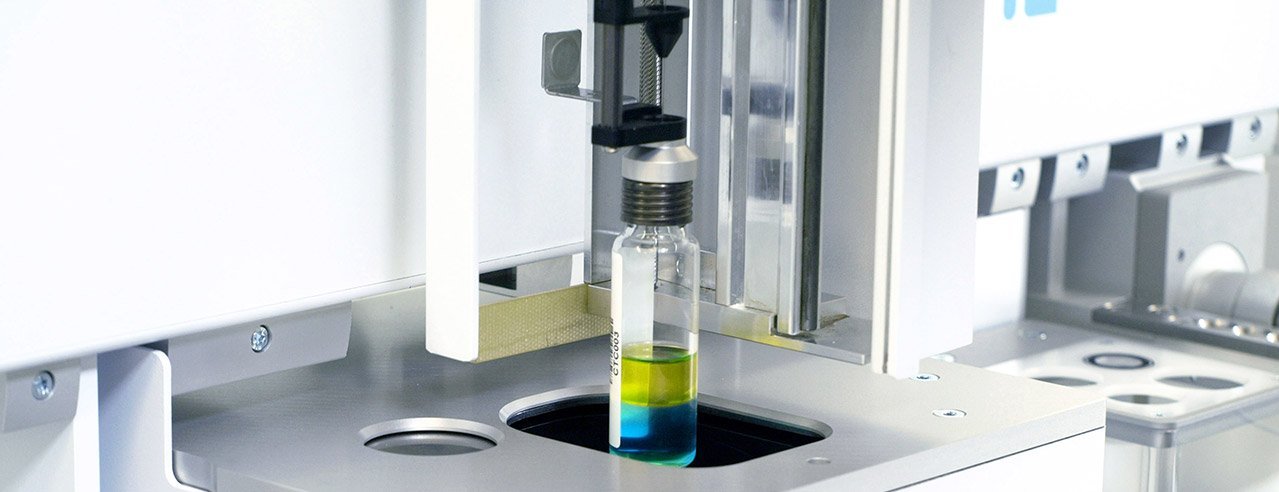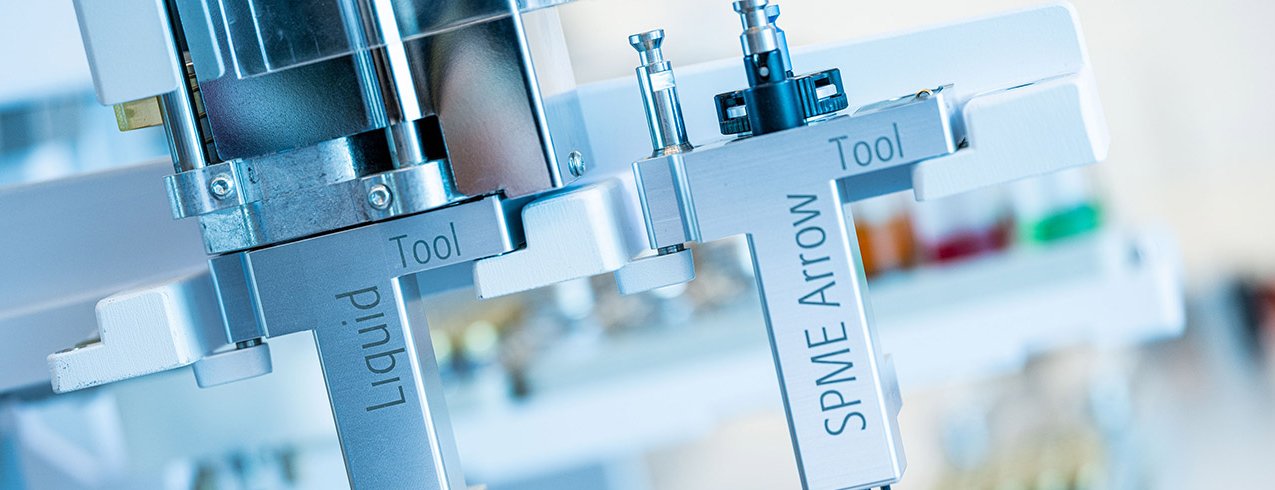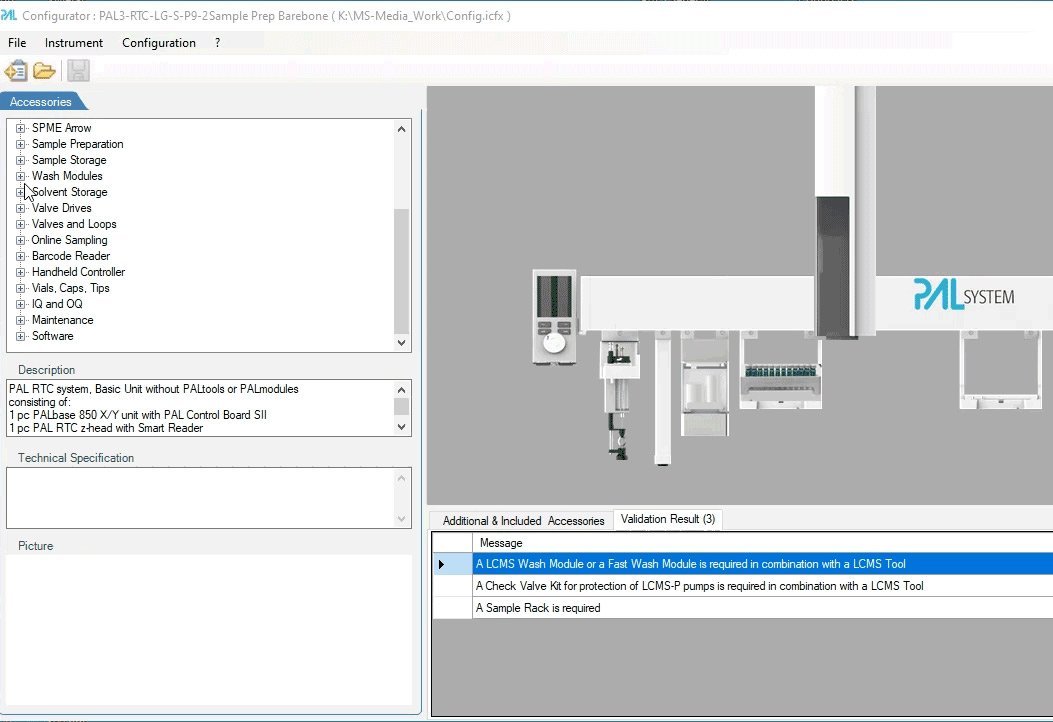
PAL系统配置器一步一步地引导你到一个以图形组成的系统,满足你的具体要求。它可以防止错误的装配,验证所选的选项,并将您的选择保存在一个配置文件中。仪器配置可以以PDF或图像的形式导出。该PDF文件还包含了所含模块和工具的技术规格。PAL系统配置器可以在下载后直接运行。不需要安装,因此不需要管理员权限来使用该应用程序。操作说明和更多细节在应用程序启动后的菜单条目 "帮助 "中提供。
Optimizing the Preconcentration of Volatile PFAS Precursors - A Comparative Study of SPME Geometries
This Application Note summarizes a study by Williams et al. (2025) that performs a comprehensive comparison of two Solid Phase Microextraction (SPME) geometries: the traditional SPME Fiber and the robust SPME Arrow. The study systematically evaluates the impact of SPME geometry and extraction mode (Headspace vs. Direct Immersion) on extraction efficiency. The results provide a clear, data-driven basis for method development, showing how SPME configurations can be optimized for the specific physicochemical properties of different PFAS analytes.
ASMS 2025 - Streamlined Analysis of Polar and Non-Polar Metabolites in Plasma Using Automated Micro-SPE LC/MS
This poster presents two use cases for streamlined lipid profiling in plasma using automated Micro Solid Phase Extraction (μSPE). Where the workflows on NIST (SRM 1950) plasma samples was tested, with spiked internal standard (Ultimate SPLASH ONE) and optimized the extraction and elution parameters. Briefly, it focused on two cartridge sorbent types Mixed-Mode Cation Exchange (MCX) and C18 (CEC) and showcased their usage.
ASMS 2025 - Fully automated implementation of EPA Method 1633 for LC-MS/MS analysis of PFAS in environmental samples using a customized robotic autosampler
Micromethods - Modern SPME Geometries - A Focus on Volatile PFAS Analysis
If you're looking for ways to improve your analysis of complex matrices or trace contaminants, these expert-led sessions are for you
Join us for a deep dive into recent research comparing SPME Fiber and SPME Arrow for ultra-trace volatile PFAS. Learn directly from the author which geometry and extraction mode provides the best performance.
Advancing PFAS Analysis - Robotic Automation and Streamlined LC/MS Workflows
To support the scientific community and advance PFAS analysis we are proud to offer a webinar on this topic.
Key topics:
The Power of Micro Solid Phase Extraction
This eBook explores the potential of uSPE to transform analytical workflows. It highlights the key benefits of uSPE, compares it with traditional techniques and examines its application across various industries. This resource provides a comprehensive guide for scientists and lab managers looking to optimize their sample preparation processes, achieve higher precision and embrace sustainable practices in analytical chemistry.
Fully Automated QuEChERS Extraction and µSPE Clean-up of Organophosphate Pesticides in Orange Juice
Chiew Mei Chong1, Hans-Joachim Hübschmann2
1 CTC Analytics Pte. Ltd., Singapore.
2 HANS Analytical Solutions, Osaka, Japan.





